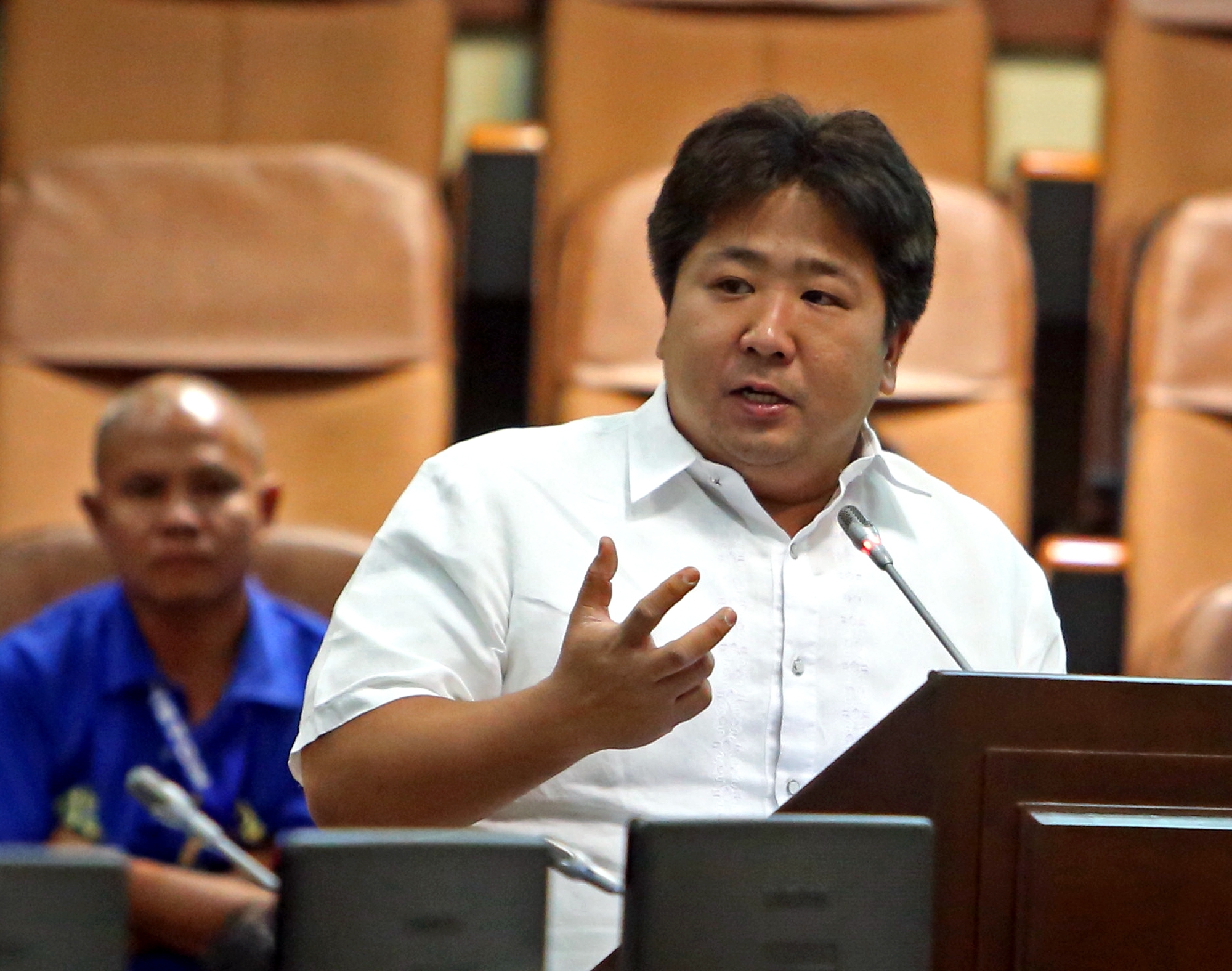BRT to start after completion of right of way acquisitions

YAP
Despite the approval by the National Economic Development Authority (Neda) of the additional budget for the implementation of the Bus Rapid Transit (BRT) project of the Cebu City Government, its actual project construction will have to wait until the right of way (ROW) acquisition along its 23 kilometer route will be completed.
But nevertheless, BRT – Project Implementation Unit (PIU) head Rafael Yap said there is no stopping of its implementation after Neda approved the additional P5.69-billion budget requested by its proponent during the Investment Coordination Committee (ICC) Cabinet Committee (Cab-com) meeting in Manila last Friday.
Yap told Cebu Daily News yesterday that the implementation of the BRT will start at the Phase 1 with areas from the South Road Properties (SRP) to the Capitol as the first ones to be affected. But the actual date of construction has still to be determined.
“We won’t start without the completion of the acquisition, and an extensive consultation from the traffic management for measures needed during the implementation of the project,” he stated.
Republic Act No. 10752, also known as the Right of Way Act, allows owners of properties which will be affected by government infrastructure projects a period of 30 days, upon receiving the “notices of taking with final offer,” to decide whether to refuse or accept the offer made by the state.
BRT – PIU has finalized the list of persons and properties affected by the BRT project after conducting a series of surveys from May to December 2016. But it has to be approved by the city council through an ordinance to declare it as official.
Deliberation and passage of the proposed ordinance was indefinitely deferred last Tuesday by its author, Councilor Joel Garganera, who said there are still property owners who complain about not being included in the list.
In response, the BRT – PIU chief is urging those who are not yet part of the list, or those whose properties were not yet visited by their office’s personnel for survey, to contact them as soon as possible.
“At this point in time, we hope you can assist us with the land acquisition. Please do tell us if you’re affected or if your place or property has not yet been visited by the PIU so we can assist you on what you want,” explained Yap.
In the Right of Way Act, owners of affected properties are entitled to compensation if they accept the offer from the government. If they refuse or failed to respond, project proponents can file expropriation cases against them.
The BRT-PIU’s Land Acquisition Committee revealed that the proposed budget for the acquisition of the properties amounted to P327.4 million.
Access roads ready
In the meantime, Yap revealed that the access roads to be used during the implementation of Phase 1 of the BRT project have been studied before, and are now ready to serve as alternative routes for vehicles in order to ease possible traffic congestion.
Once the construction of the BRT project’s first phase will start, some lanes along the SRP and S. Osmeña Boulevard will be closed. He said cars from the SRP can take N. Bacalso Avenue then proceed to R. Duterte Street in Barangay Banawa to reach the northern portion of Cebu City.
F. Ramos Street in Barangay Cogon – Ramos will serve as an alternative road for S. Osmeña Boulevard for eastbound vehicles, while westbound ones can take V. Rama Street in Barangay Guadalupe.
Despite the possibility of traffic congestion during the implementation of the BRT, Yap expressed confidence that traffic condition will not worsen.
“We have a traffic management body to plan (traffic schemes and systems) once the construction of the BRT project is going on. That’s (traffic congestion) not going to be a problem,” he added.
A document from the Department of Transportation and Communications (DOTr) revealed that the traffic management aspect of the BRT is composed of three committees.
These are the traffic engineering and management, area traffic control and intersection signal control, and intelligent transport systems. All are tasked to minimize traffic congestion during the construction of BRT such as optimizing intersections, parking management, upgrading area traffic, and providing intelligent operational support for the traffic control system.
The BRT project was first introduced by Cebu City Mayor Tomas Osmeña during his term in 2008. A study from the World Bank initially pegged its cost at P10. 6 billion but nearly a decade later, the cost has ballooned to P16.3 billion due to increased cost of resources and foreign rates over the years.
Disclaimer: The comments uploaded on this site do not necessarily represent or reflect the views of management and owner of Cebudailynews. We reserve the right to exclude comments that we deem to be inconsistent with our editorial standards.




